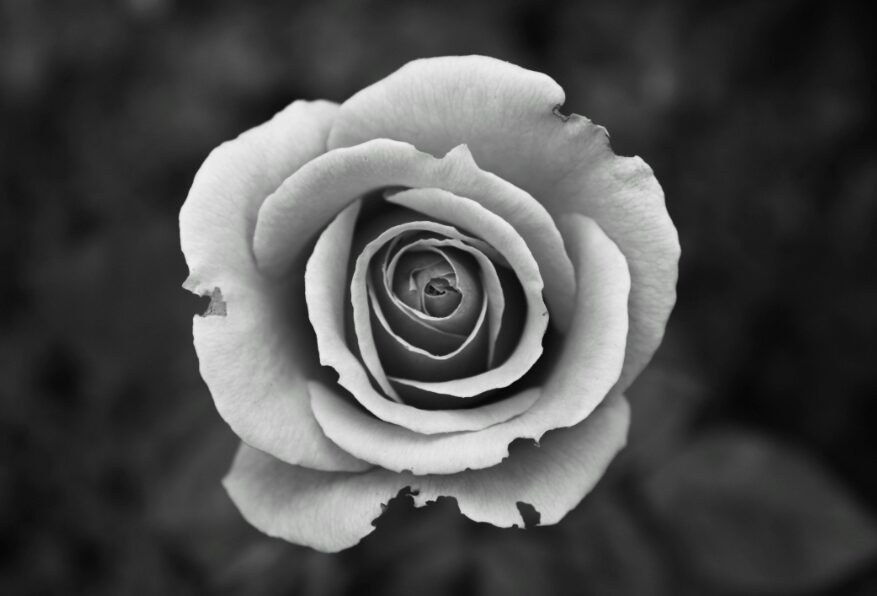When you think of mob bosses, you probably imagine smoky back rooms, sharp suits, blood-stained vendettas, and envelopes stuffed with cash—not geraniums, rose bushes, or tomato stakes. Yet, behind the gruff exteriors of some of America’s most notorious gangsters, there lurked a surprising green thumb. Gardening—yes, actual soil-under-the-fingernails, pruning-shears-in-hand gardening—was a hidden passion for several mafia men, offering them a rare moment of peace amidst the chaos of their criminal empires.
Let’s dig into the unexpected world of mobsters and their flowers.
Frank Costello: The Godfather of Roses
Frank Costello, often referred to as “The Prime Minister of the Underworld,” is perhaps the most well-known gangster with a penchant for petunias—well, more specifically, roses.
Born Francesco Castiglia in Calabria, Italy, and raised in East Harlem, Costello climbed the criminal ladder from Prohibition bootlegger to the de facto boss of the Luciano (later Genovese) crime family. But despite his fearsome influence and connections to political powerhouses, Costello maintained a peculiar passion: rose gardening.
According to The Valachi Papers by Peter Maas, Costello cultivated hundreds of rose bushes at his luxurious Sands Point estate on Long Island. He was often seen wandering the grounds with clippers in hand, personally tending to each bloom with the care of a monk restoring an old manuscript. Visitors were surprised to find the feared mob boss discussing hybrid tea roses and fertilizer ratios with more enthusiasm than bootlegging logistics.
Costello reportedly told a friend, “It’s the only time I can think and nobody bothers me.” It’s poetic, really—a man who orchestrated mayhem across New York finding solace among delicate petals and thorny stems.
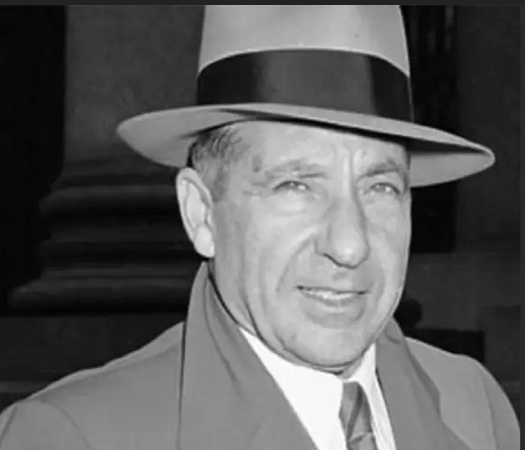
Vito Genovese: Crime Boss and Tomato King
Though not quite the horticulturist Costello was, Vito Genovese—the man who would later take over Costello’s empire—was no stranger to gardening, especially when it came to growing his own vegetables.
After fleeing to Italy to avoid a murder indictment in the 1930s, Genovese lived in splendor under Mussolini’s regime. There, on his estate outside Naples, he grew tomatoes, peppers, and fresh herbs—a true slice of la dolce vita. Even after returning to the U.S., his love for growing fresh produce reportedly continued at his New Jersey property.
One anecdote claims that Genovese insisted his personal chef use only vegetables from his own garden. He once allegedly told a guest, “You can trust a man’s sauce, but only if he grew the tomatoes himself.” Who knew the mob had a code of honor for marinara?
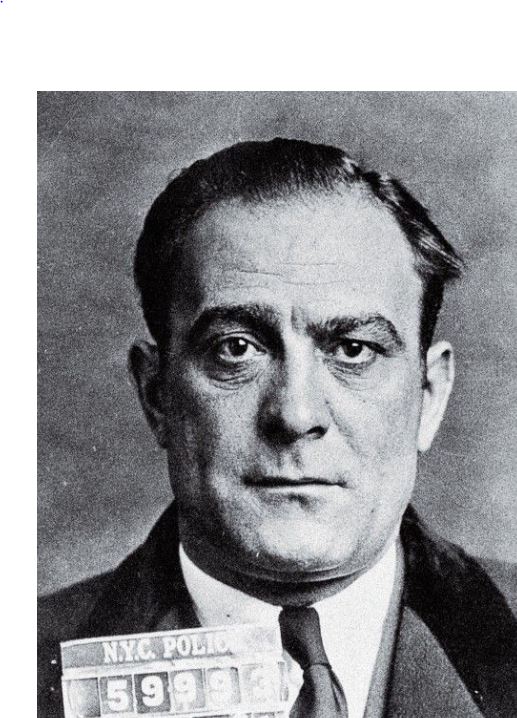
Tony Accardo: Orchids and Order
Anthony “Big Tuna” Accardo, the longtime boss of the Chicago Outfit, had a less public but equally sincere love of gardening. Accardo, who lived into his 80s and never spent a night in jail, maintained a sprawling estate in River Forest, Illinois. His landscaping was said to be immaculate, with a prized greenhouse where he grew orchids—a flower as rare and exotic as his criminal immunity.
In Family Secrets by Jeff Coen, it’s noted that Accardo’s neighbors found him pleasant and surprisingly down-to-earth. He could often be seen in his backyard, tending to his plants with the quiet dignity of a retired professor. When not orchestrating gangland strategy, he was reportedly partial to working in silence among his flowers.
Maybe he figured the more peaceful his garden, the more peaceful his mind—a necessity in an organization where betrayal was often just one lasagna dinner away.
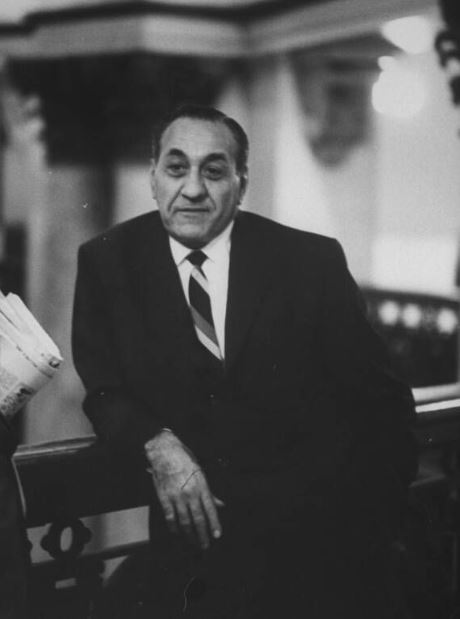
“Crazy Joe” Gallo: The Poet in the Flowerbed
Joseph “Crazy Joe” Gallo, known for his flamboyance and literary flair, wasn’t exactly the picture of peace. But even this Brooklyn-born wild card had a soft side.
During one of his stints in prison, Gallo became fascinated with literature and painting—and, yes, gardening. According to his biographer Donald Goddard, Gallo took charge of a prison yard garden and filled it with colorful blooms. Inmates and guards alike were bewildered. A man once feared for sparking the Colombo family civil war was now debating over petunias versus marigolds.
It seems that for Gallo, the garden wasn’t just a pastime—it was transformation. “Crazy Joe” sought to reinvent himself through art and soil. Though his assassination in 1972 ended that journey, he left behind more than bloodshed: he left behind the story of a man who found brief, vibrant beauty in planting life, even as his own was surrounded by death.
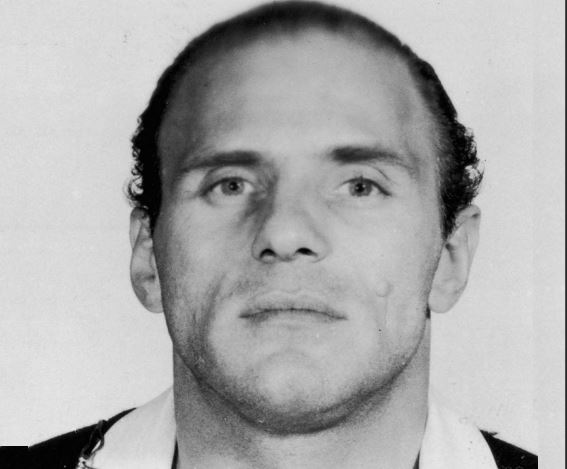
Gardening: The Mob’s Escape Route
Why did so many mobsters find peace in planting?
The answer might be simpler than expected: gardening is the ultimate act of control. In a world where betrayal, police raids, and turf wars dictated daily life, gardens obeyed. Plants bloomed when nurtured. Weeds retreated when pulled. The rules were clear and reliable, unlike the volatile human chess game of organized crime.
Moreover, many mobsters were first-generation or immigrant Italians who brought with them a cultural reverence for growing food and flowers. Tending to basil, tomatoes, or roses was not only nostalgic—it was connective tissue back to simpler times, to mothers who kept backyard gardens and grandfathers who pruned grapevines.
A Final Word from the Flower Bed
It’s easy to see mobsters as one-dimensional villains. But the truth, as always, is more nuanced. Behind the bullets and the backroom deals, these men were—at least sometimes—husbands, fathers, and yes, gardeners. They sought peace, even if only for an hour, among the begonias and rose hips.
As Frank Costello’s gardener (yes, he had a backup gardener!) once said: “He could order a guy dead on Monday and be cooing over a bloom on Tuesday. That was Frank. The flowers never judged him.”
In the end, perhaps the greatest contradiction of all is this: the hands that spilled blood also coaxed life from the earth.
Who knew the mob’s real secret garden was filled with more than just dirt? It held glimpses of humanity—pruned, watered, and surprisingly beautiful.
Written by C.F. Marciano


